Home » Gear Reviews » Hiking & Camping » Sleeping Bags » Winter Sleeping Bags (0-14F) » Backcountry Montana 0º Sleeping Bag
Backcountry Montana 0º Sleeping Bag Review
May 9, 2019
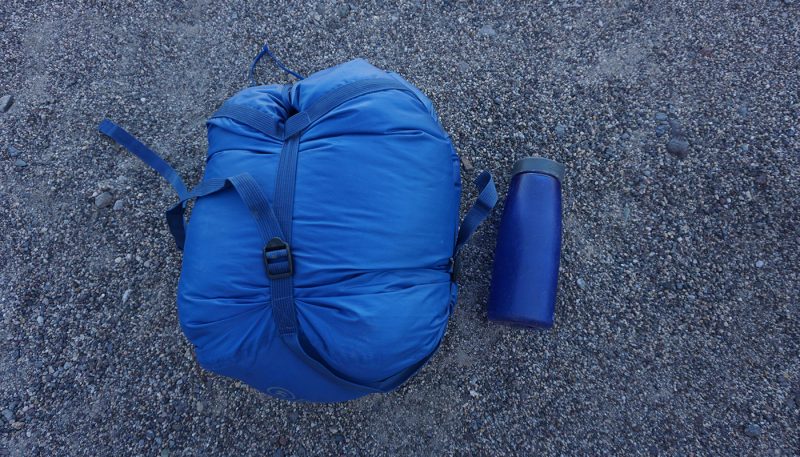
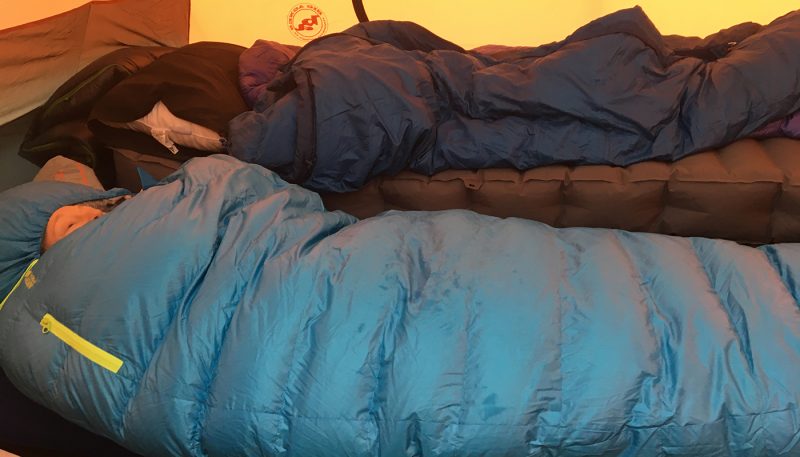















 76
76 The Good
- Inexpensive
- Durable
- Useful Features
- Included compression sack
The Bad
- Heavy
- Not very compressible
- Not very soft
The popular online retailer Backcountry.com has started producing its own exclusive gear. The company makes stylish and functional outdoor clothing that our testers have fully enjoyed, and now Backcountry makes sleeping bags for the masses as well. Designed and produced by Marmot for Backcountry.com, these products seem tailor-made for budget shoppers and those new to camping. In that regard, this product is a success. The Montana is an inexpensive and very durable synthetic bag that comes in 20ºF and 0ºF options.
Warmth
We tested the Montana on chilly desert nights and found it to be plenty warm. However, we would rank it as one of the least warm products in our test. Keep in mind that as with most other bags on the market, the Montana is advertised as a 0ºF bag, which is close to its limit rating in the standardized EN test. The comfort rating is for warmer temperature, and that is where the bag will feel the best. It could easily be stretched and used in colder temperatures with the addition of extra layers of clothing and use with a high R-value sleeping pad.
Weight
At 4 lbs, 3.8 oz, the Montana is the heaviest of the winter sleeping bags we tested. This would discourage us from taking it backpacking or on a human-powered adventure. But for car camping weight is not a huge concern, and car camping is where we think this bag best-suited.
Water Resistance
The insulation used inside this bag is Spiraloft 120 synthetic insulation. This allows the bag to perform well in wet conditions. Even if the bag gets soaked, the insulation will maintain its loft, which will keep the occupant from freezing (even though they may be quite miserable in a wet bag.) This means that there is less worry about snow or rain or condensation builds up inside the tent coming into contact with this sleeping bag. Winter camping involves careful attention to staying dry and keeping gear sheltered from the elements. With this bag, sudden bad weather or a water bottle spill is less of a catastrophe than with a down bag.
Compressibility
Because this is a thick synthetic insulated bag, it does not pack down very small. The Montana does not come with a large cotton storage sack like almost every other sleeping bag we have tested, instead, it comes with a massive compression sack. [We strongly recommend storing it in this sack with the compression straps left open, or even better, hung up in a closet, to prolong the life and loft of the insulation.] When the compression straps are pulled tight, the bag does squish down into a smaller package about the size of a large melon. This is not a very small or backpack-friendly package, but it is about the same size as the other two synthetic bags in this winter sleeping bag test.
Features
The Montana has an excellent balance of features for a winter sleeping bag. First, there is an interior zippered pocket where we like to stash personal items such as our phone, chapstick, and earplugs, and sometimes even our headlamp and a contact case. Next, there is a large draft flap that encircles the interior of the bag and secures with a double snap closure. Then a drawcord around the rim of this flap can cinch tight around your neck and shoulders to seal in warm body heat. The hood itself does not have a cinch or drawcord, but with the bag zipped up, the draft flap secured, and hood over the head, the occupant is kept warm and protected from the cold night air. Finally, a draft tube lines the inside of the almost full-length zipper to prevent warm air from seeping in this vulnerable part of the bag.
Durability
This is not a fragile, expensive product. Instead, it is a product that can take a beating. Our testers used it on a car camping trip in the desert and felt that it was the perfect bag to toss in the sand, climb into even while dirty, and sit in by a campfire without worrying about a stray spark burning a hole in it. It is a worry-free, durable sleeping bag. The main material on this bag is a hefty 70-denier polyester. This is a much denser material than the 15- and 20-denier material used on most of the other bags in this test. It even feels thicker and tougher at a simple touch, and we think it would take a lot to tear or snag it. Additionally, the zipper is lined with a snag-free tape so that it zips and unzips easily and is unlikely to rip the fabric near the zipper’s teeth.
The synthetic insulation is another aspect that makes this bag withstand hard use. Even if a hole was torn in the shell material, the insulation would not leak out like it would on a down bag. It would just keep performing.











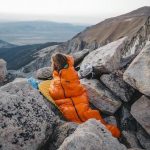



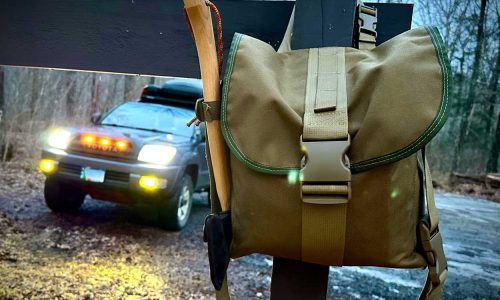
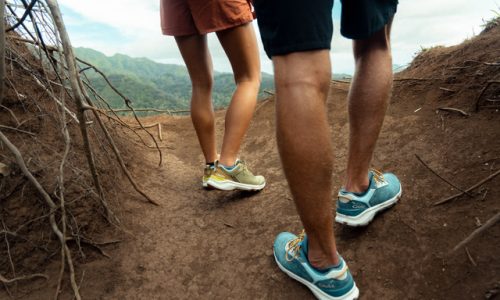

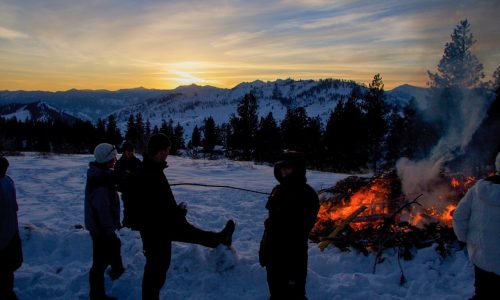
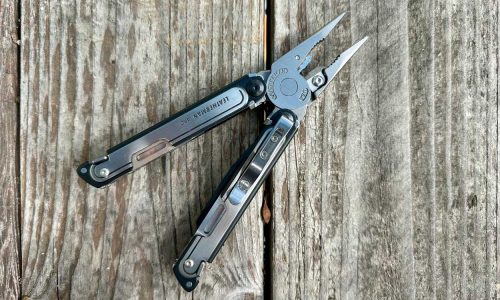
No reviews have been posted for this product.
Use this gear?
Join Gear Nation and leave a review!
Create an Account